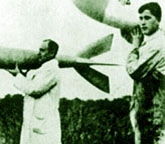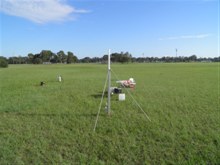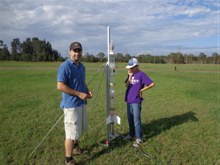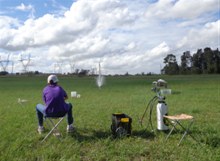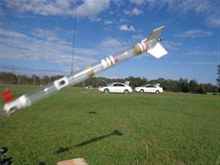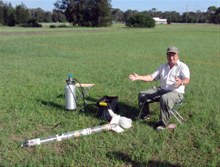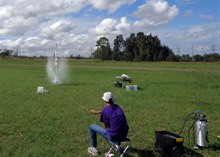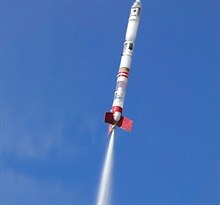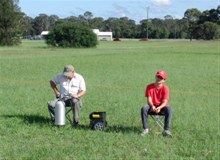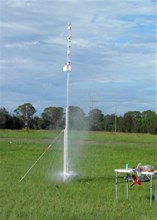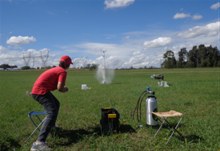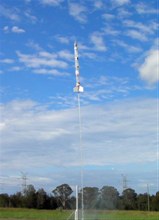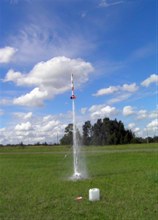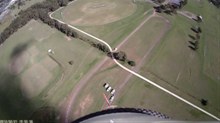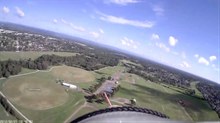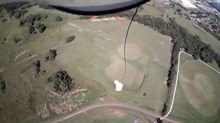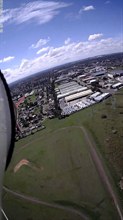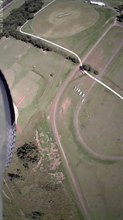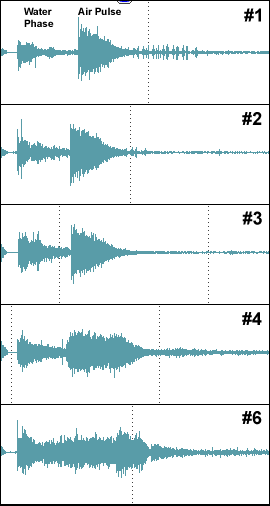 |
 |
|
|
last updated: 9th November 2024 - Day 236 - Launch Tubes #2 |
|
|
|
Splicing Bottles AS#5 |
|
#235 - Coming Soon |
|
#234 - Coming Soon |
|
#233 - Coming Soon |
|
#232 - Coming Soon |
|
#196 - Coming Soon |
|
#193 - Coming Soon |
|
#172 - Coming Soon |
|
|
| FLIGHT LOG | ||||||||||||||||||||||||||||||||||||||||||||||||||||||||||||||||||||||||||||||||||||||||||||||||||||||||||||||||||||||||||||||||||||||||||||||||||||||||||||||||||||
|---|---|---|---|---|---|---|---|---|---|---|---|---|---|---|---|---|---|---|---|---|---|---|---|---|---|---|---|---|---|---|---|---|---|---|---|---|---|---|---|---|---|---|---|---|---|---|---|---|---|---|---|---|---|---|---|---|---|---|---|---|---|---|---|---|---|---|---|---|---|---|---|---|---|---|---|---|---|---|---|---|---|---|---|---|---|---|---|---|---|---|---|---|---|---|---|---|---|---|---|---|---|---|---|---|---|---|---|---|---|---|---|---|---|---|---|---|---|---|---|---|---|---|---|---|---|---|---|---|---|---|---|---|---|---|---|---|---|---|---|---|---|---|---|---|---|---|---|---|---|---|---|---|---|---|---|---|---|---|---|---|---|---|---|---|
|
||||||||||||||||||||||||||||||||||||||||||||||||||||||||||||||||||||||||||||||||||||||||||||||||||||||||||||||||||||||||||||||||||||||||||||||||||||||||||||||||||||
| Day 143 - Roll Correction, Foam and Whalan Reserve | ||||||||||||||||||||||||||||||||||||||||||||||||||||||||||||||||||||||||||||||||||||||||||||||||||||||||||||||||||||||||||||||||||||||||||||||||||||||||||||||||||||
|
Date: 9th March 2014 Location: Whalan Reserve, NSW, Australia Conditions: Partly cloudy, calm to light breeze 5km/h 23C Team Members at Event: Paul K, John K, PK, and GK, Today we flew our rockets at the new Whalan Reserve launch site. The flight conditions were ideal with very little wind in the morning, We continued flying the roll corrected rocket this week as we wanted to do an aerial survey of the new launch site. The first flight was pressurised to 120psi with just straight water. We didn't put an altimeter on the rocket because we didn't know where it was going to end up and we didn't want to lose the camera and the altimeter. The flight went very well and the rocket landed right next to dad from where he was launching. The second flight was identical to the first and the rocket again came down close to the pad. On the third flight we added the altimeter to see how high the rocket was going. The flight read out 365' (111m) which was normal for this rocket. For the fourth flight dad suggested we should add foam to the water, but without the jet foaming spacer. So we added foam and launched the rocket. The rocket again went up straight but this time to 466' (142m). This was considerably higher than we expected. You could see that the air pulse was a lot longer because of the foam that was created while the water was poured in and when the rocket was being pressurised. On the fifth flight we replaced the bottom of the rocket with a jet foaming configuration. This section comes with its own fins that aren't roll corrected. The section also has 1L less capacity. We also filled the rocket with 1500mL of water and foam. The launch was nice and slow and the rocket arced over in the strengthening wind. It flew to an altitude of 310'. This wasn't unexpected because of the lower capacity and the arced flight path. I also zoomed the slow motion camera on the bottom half of the rocket to see if I could film it in flight. This is always tricky as the rocket is hard to chase. (see video) On the last flight we set up the first rocket again filled with 1500mL and foam and without the jet foaming configuration. The rocket went up nice and straight and this time it flew to 541' (164m)!. This was surprising as that was another 75 feet higher compared to the previous flight of the same rocket. With the rocket not spinning, the video turned out great from all the flights. On flight 3 and 4 we captured the shadow of the rocket on the ground as well as the 'Glory' phenomenon that formed around the rocket's shadow. This is normally due to water droplets in clouds as can be seen from the air in an airplane, but here it was most likely due to the dew droplets on the grass. There was a lot of dew when we arrived at the launch site. Interesting Foam PerformanceOne thing that stood out on the day were flights #4 and #6 and their significantly higher altitudes of 466' and 541' compared to the first 3 flights though the only difference was the addition of bubble bath into the water. All other parameters were the same. At first we thought that perhaps the AltimeterOne may have been giving the wrong readings or adding a bias each flight, but flight #5 showed a lower altitude of 310 feet which looked about right. For each flight we always zero the altimeter just before launch. The flight time for flight #4 was 35.9s and for #6 it was 49.4s compared to an average of 25.5 seconds for the first three flights without foam further supporting the evidence for the higher altitudes. Lastly the video from onboard the camera also visibly showed that the rocket was higher on those two flights. The only unconfirmed parameter that may have made a difference is the pressure in that we may have set the pressure regulator to a higher pressure on those two flights. The following day I measured the last pressure setting on the adjustable regulator and it read 130psi when filling a single bottle. The top bottle was also a little more deformed than normal, so it is possible that the last flight was at a higher pressure (hence the higher altitude than #4). Dad though believes the pressure was reading 120psi when he closed the valve, the extra volume of the rocket on the end of the long hose may have had something to do with the reading if air was still flowing into the rocket. We always wind the pressure back to 0 before filling the rocket, so it is very unlikely that both #4 and #6 were at 130psi. Our current assumption is that flight #4 was at 120psi and flight #6 was at 130psi or close to it. For the next verification launches again comparing water and foam we will set the pressure regulator to one setting and leave it there for all flights to make sure we always have the same pressure.
SimulationsRunning two different simulators for this rocket with parameters: Capacity: 5.35L (measured) @120psi gives us an approximate altitude of 354 feet (108m) for Clifford Heath's simulator and 365 feet (111m) for Dean Wheeler's simulator. These are relatively close to the measured altitude on flight #3 (365') and are also in close agreement to flights from 2 weeks ago of 376' and 363'. @130psi we get an estimate of 396' (121m) for Clifford's simulator and 400' (122m) for Dean's. Flights 4 and 6 significantly deviate from these predictions. They are roughly 20-25% higher! The rocket's configuration is a spliced-pair on the bottom with a 18mm hole in the tornado tube to a second splice-pair in the middle. This then joins via another tornado tube with a 15mm hole to a 1.25L bottle at the top. Other observations
Sound analysis
Here is a highlights video from the day. Next launch we will again try to fly some comparison flights between water only and with foam. We had performed some comparison tests several years ago, but those flights used the more restricted Robinson couplings in the rocket construction. Polaron G2 UpdatesWe have continued to progress on the G2 as well. Here are some more progress notes and photos on the G2 build log. Flight Details
|
